
Take the journey with Saint Cuthbert, off the Northumberland coast.
Editor's note: On this day, Feb 8, in 794, Danish Vikings attacked Lindisfarne Island, off the north-east coast of England, and destroyed its famous church. Today we take a look at this historic gem and the Farne Islands.
It's a tranquil scene - clear blue sky, lush green grass, waves gently breaking on the shore in the sheltered bay. We’re told that England’s first monks liked to form monastic communities away from other settlements to aid their quiet contemplation, but surely they were also attracted by the beautiful landscape around them on Lindisfarne.
Anglo-Saxon Northumbria was the cradle of English Christianity. The keystone of the early church was Lindisfarne Priory, a proud center of Christian learning and missionary activity. Many of its early residents were later named saints, including Aidan, Finan, Colman, Tuda, Eata and, the most famous of them all, Cuthbert.
Read more
Saint Cuthbert was a wise, fatherly figure in the 7th century church. He reformed the practice of the monks at Lindisfarne, choosing to conform to the practices of the church in Rome rather than those of the church in Ireland. It was from here that a succession of monks and scholars were dispatched to convert the Saxon kings of England who had invaded England after the Romans left. It was also here that the Lindisfarne Gospels, a remarkable illuminated manuscript, was produced. No wonder that Lindisfarne is often referred to as “Holy Island.”
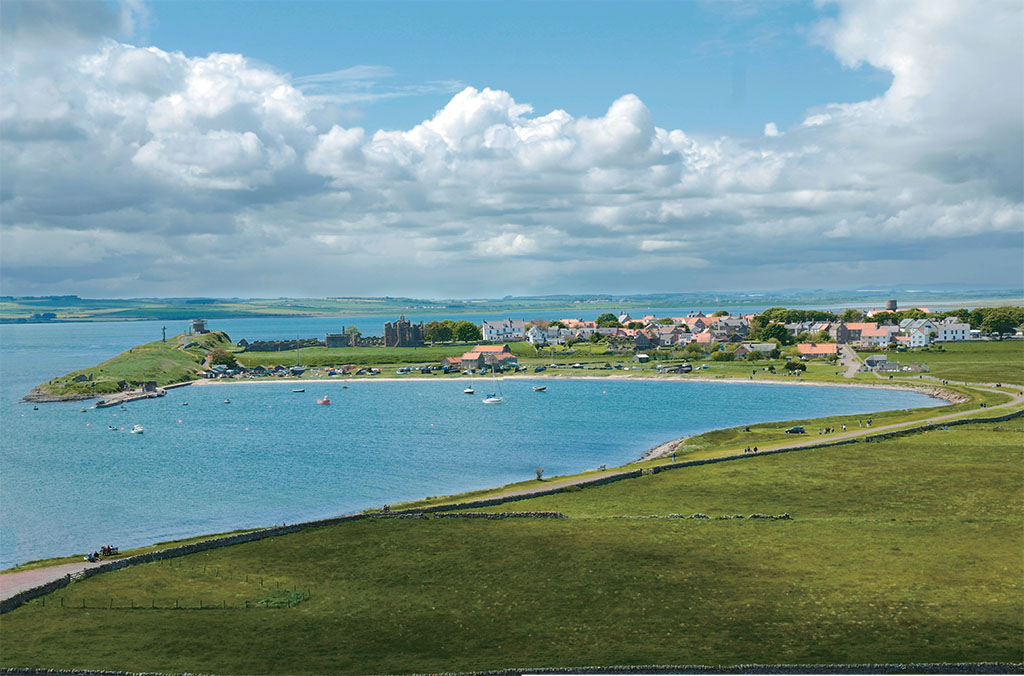
The Upper Battery of Lindisfarne Castle affords a sweeping view of Lindisfarne Priory, the old village on the island, and mainland Northumberland beyond the channel.
Although no longer in pristine condition, largely thanks to Henry VIII and his Reformation, the ruined walls still plot where the buildings of Lindisfarne Priory once rose. The stonework principally dates to the 12th century, when monks rebuilt the priory after the Viking threat had receded, but there are some ornate carvings that date to Cuthbert’s time. Most importantly, the landscape around the priory has not changed. It is still possible to imagine the lives of those early monks who lived next to the sea.
The island of Lindisfarne isn’t just about the priory, however. Follow the signed road and within a mile, you come to Lindisfarne Castle. Built in 1550, it was supposed to be a useful defensive outpost against the Scots, but it was not a particularly imposing structure. Although surrounded by steep walls, it was small and would not have stood against a determined enemy for very long. A garrison of only seven men fell to Jacobite rebels in 1715, but the conquerors were unable to hold onto their prize and it was quickly recaptured by royal troops.
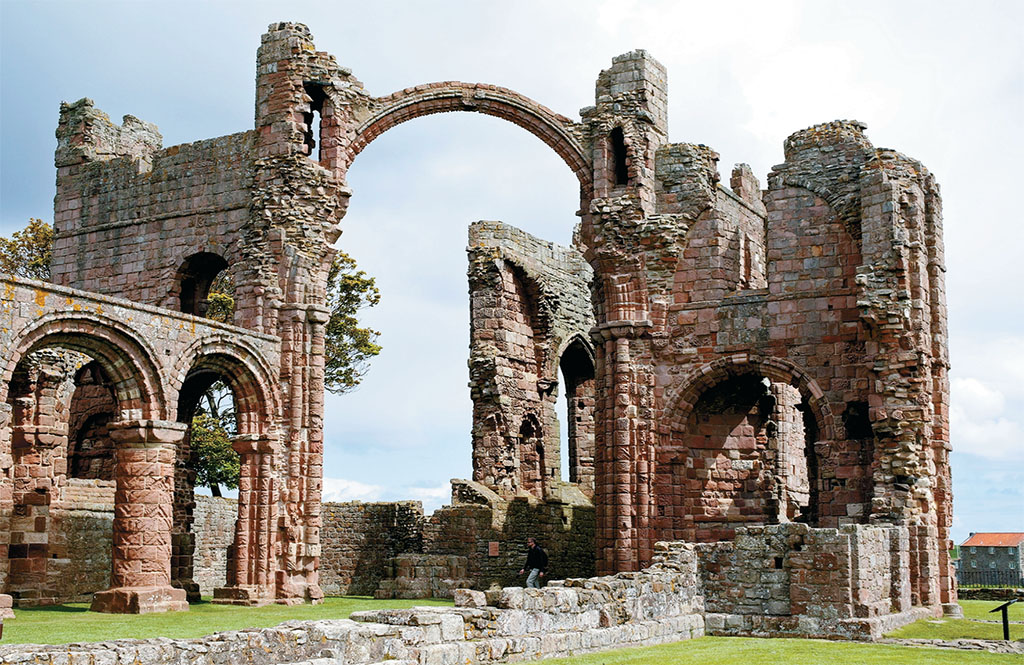
The arches of 12th century Lindisfarne Priory still stand, bearing silent witness to the days when the monastery was known as an important center of Christian thought.
Lindisfarne Castle has been much altered in the past 100 years or so. After businessman Edward Hudson bought it at the turn of the 20th century, architect Sir Edwin Lutyens was let loose and transformed the castle into an Edwardian country retreat. The whitewashed walls and dark wood furniture combine well with the stone features of the castle to create a simple, homely feel—a real Edwardian bachelor pad. The views from the Upper Battery are well worth the steps up, and it is possible to spot seals and dolphins on a clear day.
In 676, after 10 years as prior and abbot on Lindisfarne, Saint Cuthbert decided on a solitary life of prayer and contemplation as a hermit. From the Upper Battery of the castle, you can pick out his new home in the distance. Inner Farne, another island off the Northumberland coast, sits less than 10 miles away.
To retrace Cuthbert’s journey to the Farne Islands, we need to return to the mainland the same way we arrived—along the causeway road. Lindisfarne is a tidal island and for a few hours each day the road is covered by the sea. Internal combustion engines meant nothing to Cuthbert, so he would have walked across the sand at low tide, just as many modern pilgrims do today.

Join the A1 and follow it south for a few minutes before turning onto the coast road. Soon you’ll stumble across the pretty village of Bamburgh and another magnificent structure that can be seen from Lindisfarne. Bamburgh Castle post-dates Saint Cuthbert, but there would have been an earlier Anglo-Saxon fortification here. Cuthbert is likely to have paused inside the fort and prayed at a church built by Saint Oswald, the first King of Northumbria—who granted the island of Lindisfarne to the church.
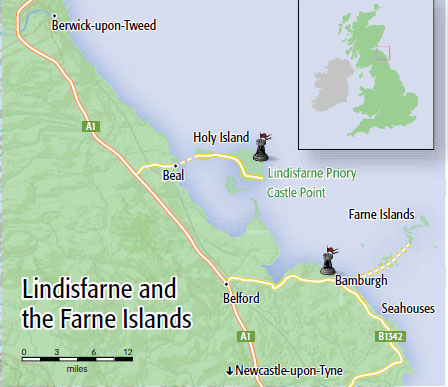
It is worth stopping to explore Bamburgh, just like St. Cuthbert did. The outline of a Norman chapel, probably built over the foundations of Oswald’s Anglo-Saxon church, can still be traced in the castle courtyard. Perhaps the newly discovered crypt even held the relics of Saint Oswald after his death.
Inside the castle, things are a little more modern. Like its cousin at Lindisfarne, Bamburgh Castle was altered after its military function was no longer necessary. It was used as a school for underprivileged children, coastguard station and family residence of the Armstrong family. The magnificent wooden King’s Hall draws on the shape of the medieval great hall, but it was built in the late 19th century with society balls in mind rather than chivalric feasting.
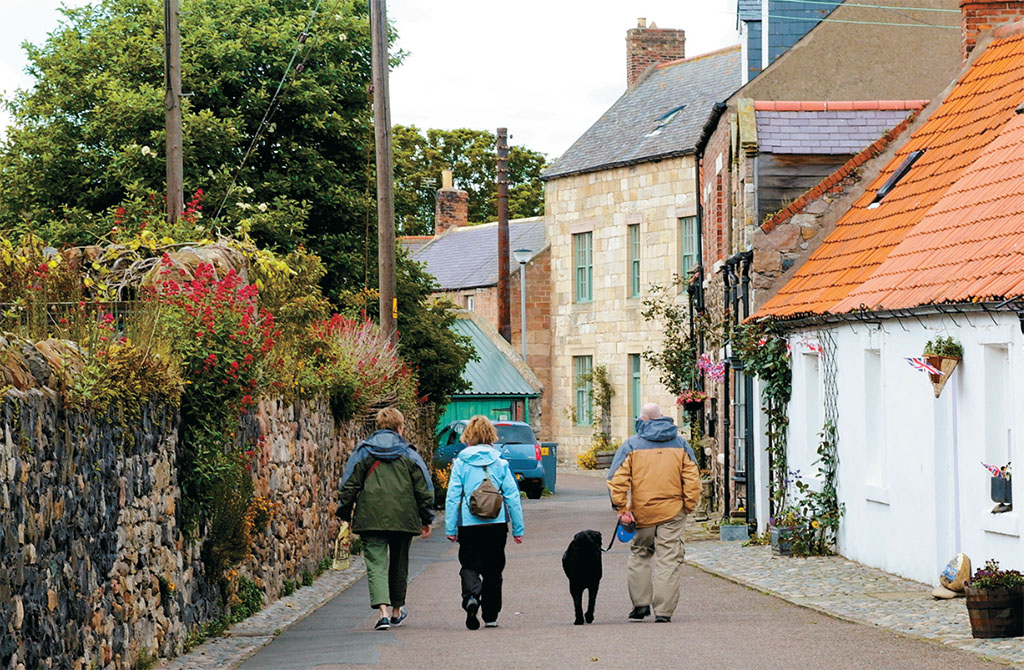
The village of Lindisfarne offers visitors the usual amenities of pubs and eating places. There are several B&Bs for those who would overnight on the island, but accommodations are limited.
With respects duly paid to Bamburgh and Saint Oswald, it’s time to be back on our way. Keep following the coast road until the village of Seahouses looms. Here, the car must be temporarily abandoned. If we’re to continue Cuthbert’s journey, we need to do it by boat.
Throughout spring and summer, tens of thousands of seabirds use the Farne Islands as a safe haven to bring up their young. Within five minutes of leaving Seahouses harbor, you’re likely to encounter puffins bobbing on the waves, Arctic terns diving into the sea, guillemots, and gannets flying so close that their wingbeats are audible over the boat engine. As the boat circles the islands, the sheer number of birds seems to defy explanation. And it’s not just birdlife that makes use of the Farnes: Grey seals bask lazily on the rocks, although they are forced into activity when the autumn pups are born.

Puffins are a familiar sight on Lindisfarne and the Farne Islands.
With bad-tempered avian parents out of the way, you can look around in relative peace and take in the surroundings. Inner Farne is small—a dwarf compared to Lindisfarne—and it’s possible to walk the circumference in a few minutes. But why rush? Stop to watch the puffins, always the visitors’ favorite, as they come and go from their burrows. They must run their own gauntlet of black-headed gulls trying to rob them of the beak-full of sand eels that they’ve brought back for their chicks. Head over to the cliffs to see the other seabirds nesting precariously close to the edge, living in such close proximity to each other that they seem to merge into one loud, flapping mass.
Look out toward the red and white Longstone Lighthouse on the outer islands. It was from here that Grace Darling, the 22-year-old daughter of the lighthouse keeper, spotted the wreck of the Forfarshire on a stormy night in 1838. The weather was so bad that the lifeboat couldn’t leave Seahouses harbor, but it didn’t stop Grace and her father going out in a small rowing boat and rescuing nine of the 62 people on board the stricken vessel.
Back on Inner Farne, the small 600-year-old chapel hints at the Farne Islands’ religious past. Saint Cuthbert would have made do with a frugal cell, from where he developed a reputation as a learned pastor among the few who made the tough journey out to visit him. It’s impossible not to try and imagine yourself in Cuthbert’s place, spending days and weeks cut off from all outside contact during bad weather. However, although he lacked human conversation, he certainly wasn’t short of wildlife for company.
Saint Cuthbert’s sojourn came to an end after 10 years, when he was elected Bishop of Lindisfarne and reluctantly gave up his life as a hermit. Within two years, though, he was granted permission to retire back to his cell on Inner Farne, the place where he must have felt happiest and closest to God. Perhaps he sensed his imminent end, because within a few months he was dead.
The legend of Cuthbert lived on. His body was removed to Lindisfarne and found to be incorrupt. Cuthbert the monk may have increased the influence of Lindisfarne and Christianity during his life, but Cuthbert the saint had an even greater impact after his death. His tomb soon became a site of pilgrimage and his relics were venerated by generations of visitors. Now, 1350 years later, we can still tread in his footsteps and explore the beauty of the Northumberland coast.
Island hopping Northumberland-style
Since Lindisfarne is a tidal island, you must check the safe crossing times for the causeway. You can find them at the Northumberland Country Council website or at most towns nearby. Don’t just turn up and hope—you might find yourself staring at the sea for a few hours.
For the Farne Islands, you have to go by boat! The most famous and popular boat trips are operated by Billy Shiel. The three-hour cruise to Inner Farne gives you an hour on the island (which is plenty of time) and a tour of the others by boat. However, if it looks like a busy day, you might want to try Serenity Tours—they are likely to have less of a queue.
Travel and accommodation
The tide times mean that you’ll need to take extra care when planning your itinerary to follow in the footsteps of Saint Cuthbert. There are not many hotels in the area. Two recommended places are The Blue Bell in Belford and The Lord Crewe in Bamburgh. There are many B & Bs in the area. One of the best is Westfield Farmhouse, just outside Seahouses. If you want to stay on Lindisfarne itself (or if you miss the crossing time!) try the Manor House Hotel.
* Originally published in 2014.





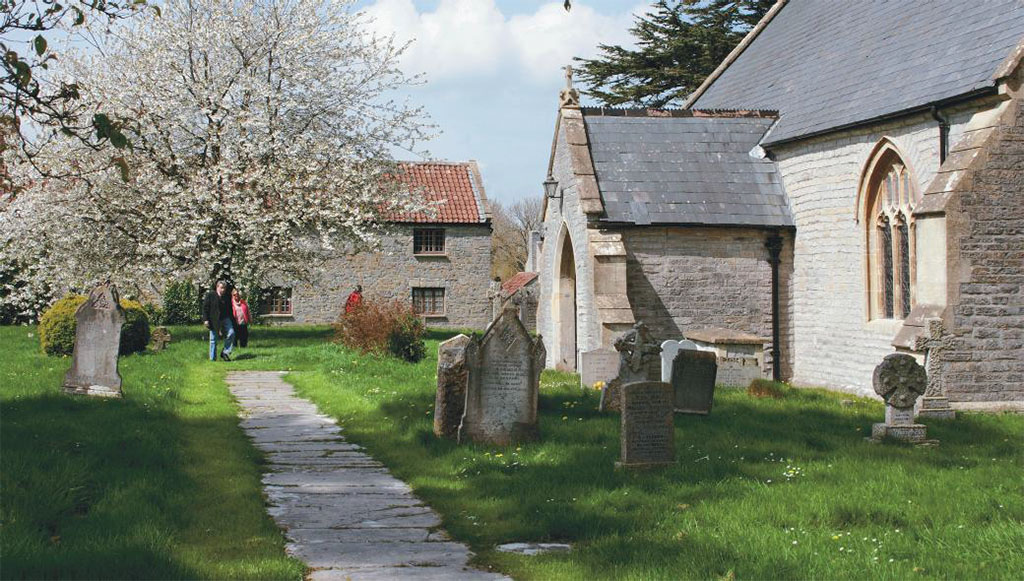


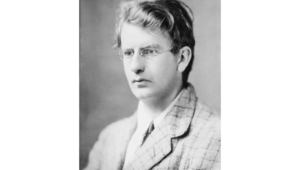

Comments